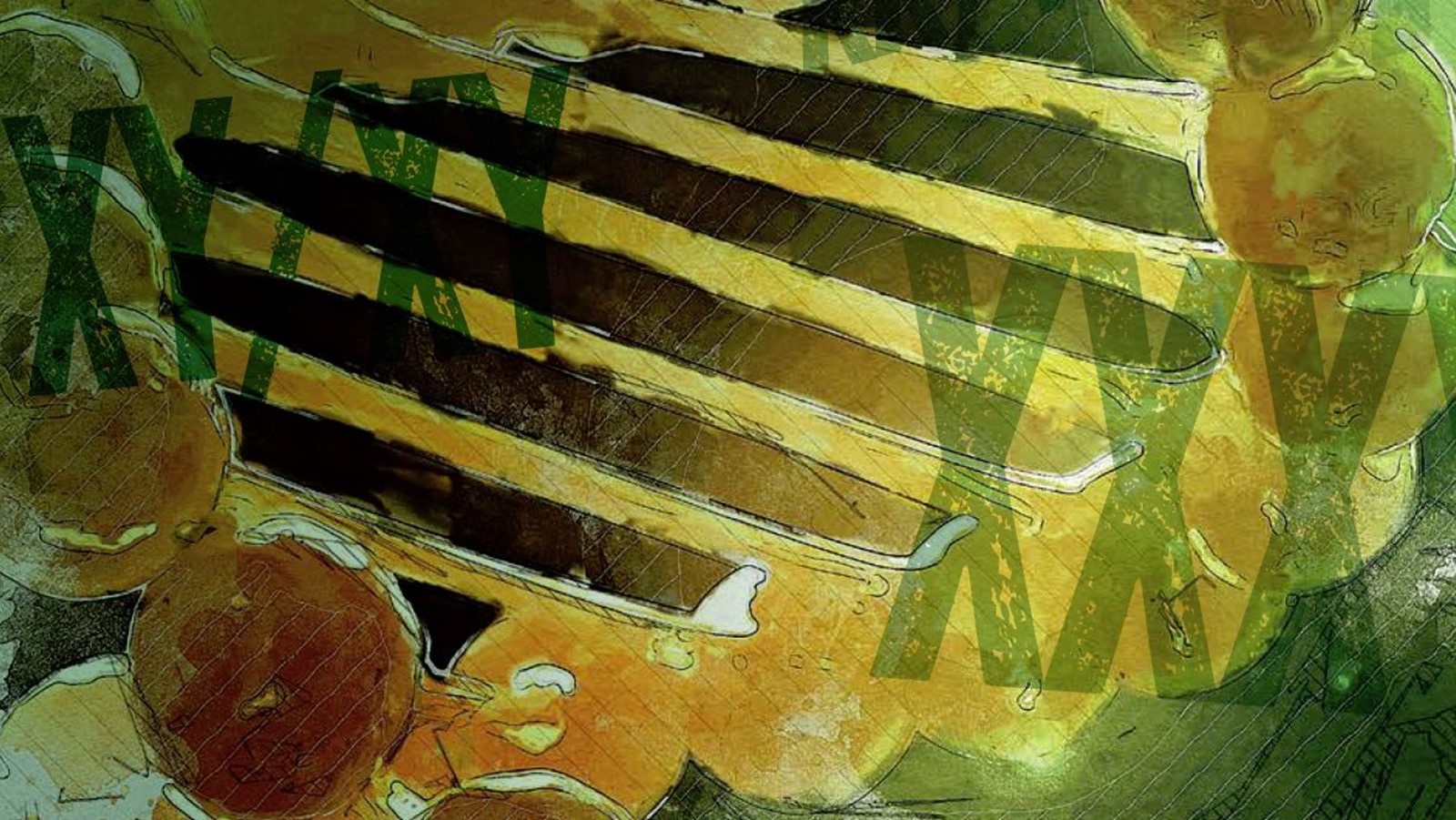Being in a relationship can often mean we have to reconsider our identity. Simply moving from ‘single’ to ‘in a relationship’, with all the layers of meanings around those positions, changes our sense of self. So how do we manage this sense of changing identities when getting into a relationship changes not only our relational identity, but other aspects of ourselves too? And when we’re working with clients, what do we need to attend to when considering their identity and how it may be changing?
Some of the key things we use to identify ourselves are our gender and our sexuality. For a long time these have been considered fairly rigid and unchanging. But current thinking in these areas is much more fluid and people are reflecting more on the socially constructed and therefore versatile nature of these identities. And for us, as counsellors, this presents as even more things we have to consider from the ‘not knowing’ position while we work to construct meaning with our clients.
I recently had a conversation about this with Laura Newman, who I was lucky enough to talk to after reading her book, A Love Less Ordinary. We talked about her sense of changing self: as a person, partner, client and counsellor. Laura is a counsellor in private practice, and like many of us, is juggling the move from non-counselling work to full-time counselling and so her identity is in flux in terms of her career. She identifies as heterosexual and cisgender and is in a relationship with a transwoman. This then is another area in which her identity is in flux.
Laura’s relationship with her partner is characterised by honesty and a willingness to discuss and share their feelings about identity and the relationship. Laura studying counselling gave them both an opportunity to reflect on themselves and how they were gelling as a couple, something which many couples don’t often get a chance to do. One of the things that became apparent to them was how their individual identities could get lost. People’s interest in a transwoman could have meant Laura becoming lost in the relationship, had they not communicated about this as a couple. So, as counsellors working with relationships, we need to be alive to the individuals within the relationship and not focus on them as a relationship or on any one single part of their identity. And this feels important when we’re working with gender, sexuality and relationship structure: areas that have been ‘othered’ and marginalised by society in general and the counselling and ‘psy’ professions in particular.
In exploring her sexual identity, Laura has adopted a fluid approach and can find it hard to define. If forced to, she describes herself as heterosexual, which fits with certain aspects of her relationship. But there is also the reality of being sexually attracted to, and in a sexual relationship with, a transwoman. When referring to her partner as ‘she’, Laura is aware that people assume she is gay – and feels no need to try and explain why this might not be a complete picture. To present herself as ‘heterosexual’, she would have to misgender her partner. In correctly gendering her partner, Laura isn’t completely representing herself, so there’s an element of not feeling authentic.
The term ‘transbian’ is one that’s been used to describe a cis woman in a relationship with a transwoman, and this term is one of the ones Laura considers. Another is pansexual, the idea that we’re attracted to people regardless of gender identity or expression. The important thing in working with clients is that we allow them the space to explore and suggest these terms and labels, and don’t pre-judge or make assumptions about them, their partners or sexual preferences.
In Laura’s experience, there have been times when she’s found it tricky accessing support to help her explore her identity as a cis woman in a relationship with a transwoman. There are support groups and forums for partners of trans folk, which are useful to be able to chat to people in a similar circumstance. Trying to find a counsellor with specific experience was much harder. The main directories don’t offer much in the way of specific searching. And where you are able to look for counsellors specialising in these fields, there’s no way of knowing exactly what qualifies the counsellor to do this work.
Many counsellors say they work with gender and sexuality issues, but when asked, aren’t able to provide any evidence of additional training or understanding of some of the specific issues affecting these populations. Given the fluid and emerging nature of these topics, the danger is our clients become our teachers, but it’s not their job to spend the time they’ve paid for educating us. It’s incumbent on us as therapists to be trained in the areas we say we work in, and to find out for ourselves things our clients are telling us that we don’t understand. There are excellent trainings, counsellors and directories around, Pink Therapy and Gendered Intelligence being two good examples. So be alive to fluidity in identity, for yourself and your clients. Who knows where it might lead you.
Alex Sanderson-Shortt MBACP (Accred) is an integrative relationship therapist in private practice in Northwich and Manchester and a member of Gendered Intelligence’s network of therapists. He teaches relationship therapy for Relate and delivers seminars and CPD days on sexual diversity. Laura Newman is a person-centred counsellor in private practice in London (lauranewmancounselling.co.uk) kascounsellingservices.org
